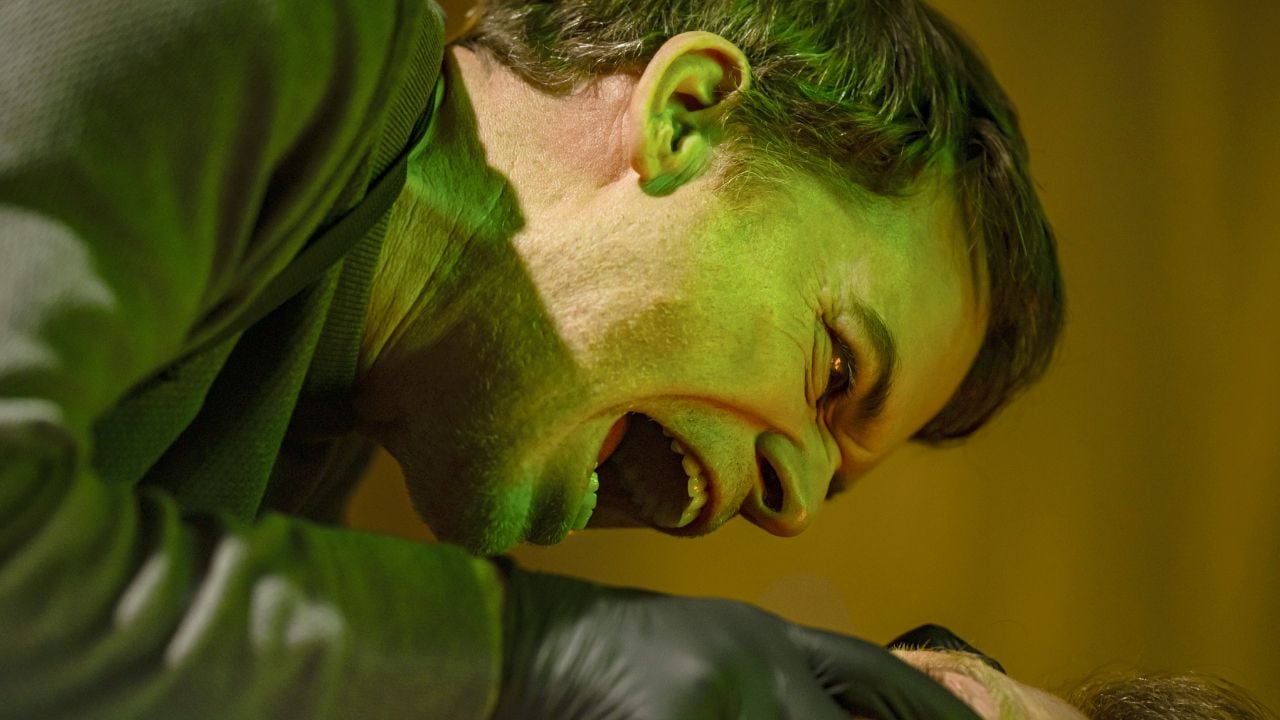Surely you have come across cartoons where the characters have extremely realistic or complex movements. Well, perhaps this effect was achieved through a technique called rotoscoping.
Used in the film, animation and video game industries, rotoscoping is a tool for creating smooth, believable animations. If you have already seen the movie “Waking Life”, you have already come into contact with this technique.
If you want to learn more about rotoscoping, read on, as we’ll explain later!
What is rotoscoping?
Animators use rotoscoping to create smooth, realistic motion sequences in animated films, cartoons, and video games.
This animation technique involves drawing on real footage frame by frame, creating an illustration that accurately follows the movement and contours of objects and characters in the scene.
You start by filming a real scene, where there may be movements of people, animals, objects or any other element of the scene. Artists then select keyframes from these clips, which are the key moments that define movement, such as walking, running, dancing and more.
They trace the outlines of the elements in these frames, add details such as colors and shadows, creating a sequence of fluid movement.
Who invented rotoscoping?
The creation of rotoscoping is credited to animator Max Fleischer. The animation pioneer developed this technique in 1915 and used it in the animated series “Out of the Inkwell” (1918-1927).
Rotoscoping over time
In the past, rotoscoping was a completely manual process. The animators literally had to draw frame by frame over each frame of the already shot footage.
Today, with advances in digital technology, rotoscoping has become “easier”. The manual process has been replaced by software tools that allow you to trace the outlines of objects and characters much more easily.

Additionally, motion capture has become a common technique in digital rotoscoping, where actors’ movements are recorded by cameras and transferred to 3D digital models.
Examples of work using rotoscoping
In cinema, director Richard Linklater (of the Before trilogy) has directed some films entirely in rotoscope, such as “Waking Life” (2001), “The Double Man” (2006) and “Apollo 10 and a Half: Adventure in the Space Age” . “(2022).

The Disney animation “Snow White and the Seven Dwarfs” (1937) used the technique in some scenes. “Who Framed Roger Rabbit” did it too.
In video games, the games “Karateka” (1984) and “Prince of Persia” (1989), both developed by Jordan Mechner, were the first to use the rotoscoping technique.

The post What is Rotoscopy, a technique used in cinema and video games? appeared first on Olhar Digital.
Source: Olhar Digital
Rose James is a Gossipify movie and series reviewer known for her in-depth analysis and unique perspective on the latest releases. With a background in film studies, she provides engaging and informative reviews, and keeps readers up to date with industry trends and emerging talents.





